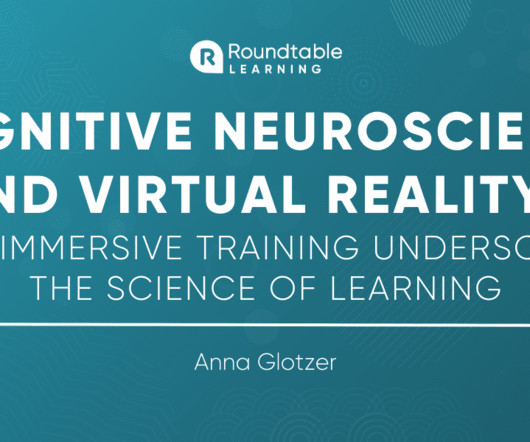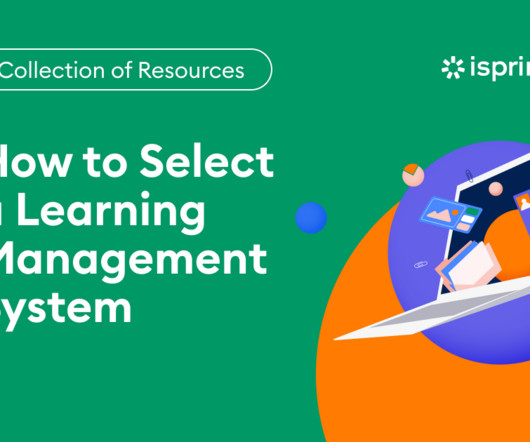Cognitive Neuroscience and Virtual Reality: How Immersive Training Underscores the Science of Learning
Roundtable Learning
APRIL 21, 2023
As we step toward the future of learning, Learning & Development (L&D) professionals are eager to understand how immersive learning is tied to cognitive neuroscience. When the brain experiences training scenarios in VR format, the cognitive benefits last long after the simulation is over. This concept still rings true today.
















Let's personalize your content